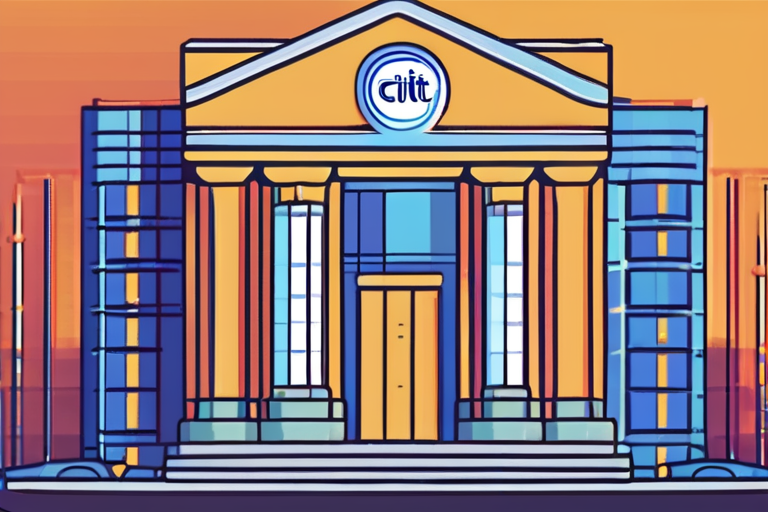William Blair Predicts Stablecoins Will Revolutionize Cross-Border Payments


Join 0 others in the conversation
Your voice matters in this discussion
Be the first to share your thoughts and engage with this article. Your perspective matters!
Discover articles from our community

 Hoppi
Hoppi

 Hoppi
Hoppi

 Hoppi
Hoppi

 Hoppi
Hoppi

 Hoppi
Hoppi

 Hoppi
Hoppi

The Stablecoin Revolution: Faster, Cheaper Global Money Transfers Beyond SWIFT A new era of global commerce has dawned with the …

Hoppi

Crypto Adoption in Emerging Markets Poses Risks to Financial Resilience: Moody's A new report from credit ratings giant Moody's warns …

Hoppi

Stablecoin Adoption Set to Surge, Hit $4T in Cross-Border Volume: EY Survey A landmark survey by EY-Parthenon has revealed that …

Hoppi

European Banks Launch Euro Stablecoin to Counter US Dominance Nine major European banks have announced plans to launch a euro-backed …

Hoppi

Stablecoin Market Soars: Citi Forecasts $4 Trillion by 2030 The stablecoin market is experiencing unprecedented growth, with issuance volumes surging …

Hoppi

Stablecoin Surge Could Trigger $1 Trillion Exit from Emerging Market Banks A new report by Standard Chartered warns that up …

Hoppi